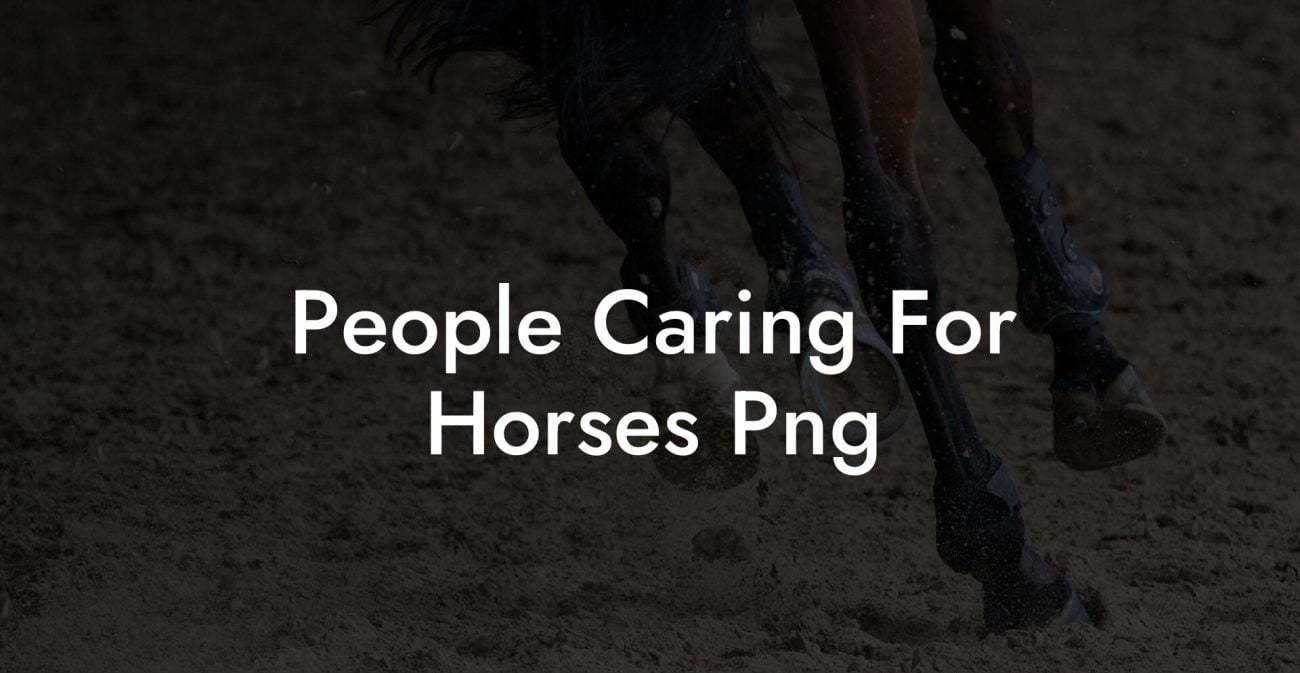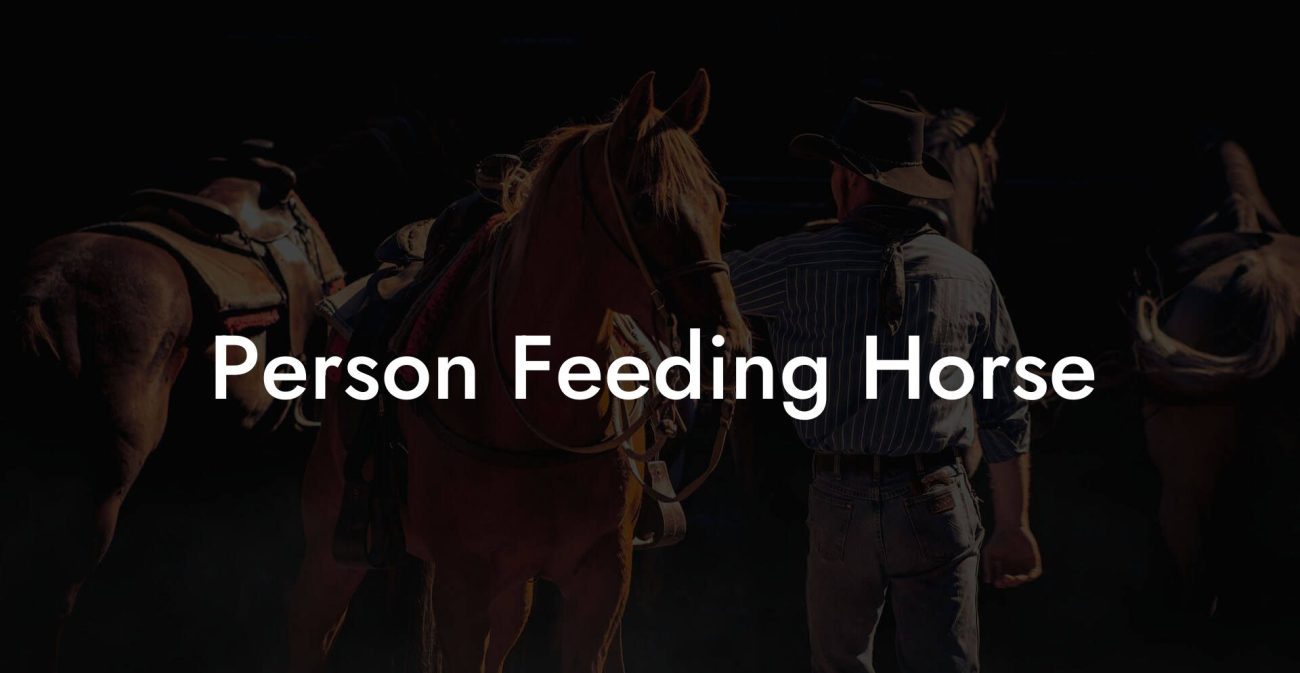As a horse owner, the well-being of your equine companion is always a top priority. You always want them to be healthy and happy, but what happens when you start to notice that something isn't quite right? Recognizing the signs of a sick horse can be challenging, especially if you're new to horse ownership. This comprehensive guide on horse sickness will help you identify the symptoms, learn about various treatment options, and even prevent future health issues.
Horse Sick Table of Contents
1. Recognizing the symptoms of a sick horse
The sooner you can identify that your horse is feeling ill, the sooner you can provide them with the appropriate care. Here are some common indicators of equine illness:
- Changes in behavior, such as lethargy, irritability, or withdrawal from social activities
- Loss of appetite, weight loss, or dehydration
- Difficulty breathing, coughing, or nasal discharge
- Swelling or heat in the legs or other areas of the body
- Excessive sweating or shivering
- Inability to pass urine or feces, or differences in consistency and color
- Discharge from the eyes, mouth, or genitals
2. Common Horse Illnesses and Treatment Options
There are numerous illnesses that can affect horses, but here are a few of the most common, along with their treatment options:
- Colic: Colic is severe abdominal pain that can be caused by a variety of underlying factors. Treatment for colic will depend on the cause and may include pain medication, fluid therapy, or even surgery in severe cases.
- Strangles: Strangles is a highly contagious bacterial infection that causes swelling of the lymph nodes and upper respiratory tract. Treatment typically involves antibiotics and close monitoring to prevent complications.
- Laminitis: Laminitis is inflammation of the tissue inside the horse's hoof and can result in lameness or, in severe cases, euthanasia. Treatment involves managing pain and inflammation with anti-inflammatory medications and ensuring proper hoof care.
- Equine Influenza: Equine Influenza is a viral respiratory infection that spreads easily among horses. Treatment involves supportive care, including rest, hydration, and anti-inflammatory medications.
3. Preventative Measures to Keep Your Horse Healthy:
Preventing illness in your horse is much easier than treating it. Here are some steps you can take to keep your equine companion in top shape:
- Regular veterinary check-ups: Schedule routine visits with your vet to ensure your horse maintains optimal health.
- Proper vaccinations: Keeping up-to-date on vaccinations for equine illnesses will help prevent disease.
- Quarantine new arrivals: Isolating new horses for a few weeks will allow you to monitor them for any signs of illness before introducing them to your herd.
- Maintain a clean environment: Regularly cleaning your horse’s living space, feeding areas, and equipment will help reduce the spread of bacteria and disease.
- Monitor and maintain a healthy diet: Providing a balanced diet with the necessary nutrients and supplements will keep your horse strong and healthy.
Horse Sick Example:
Imagine your horse, Whiskers, has been acting more lethargic than usual. You notice that he has a decreased appetite and has lost some weight. Upon further inspection, you find that Whiskers has a swollen leg and appears to be in pain. This information, paired with your knowledge of equine illnesses and their symptoms, could point to the possible diagnosis of laminitis. Consulting with your veterinarian and following their treatment recommendations could save Whiskers from severe complications or even euthanasia.
Now that you've learned how to identify a sick horse, the most common equine illnesses and treatments, and methods to prevent future health issues, you're equipped to provide the best possible care for your equine companion. Remember, early intervention is crucial, so always monitor your horse's health closely. If you found this guide helpful, please consider sharing it with fellow horse owners and exploring our other articles on How to Own a Horse.













